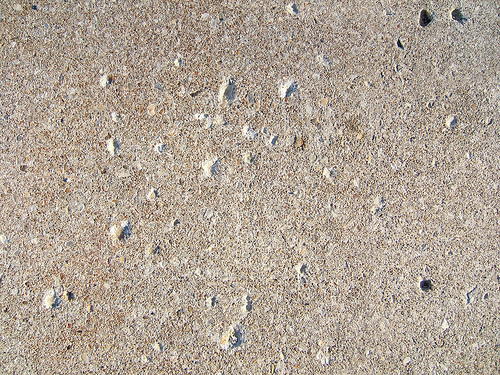Now that fall is here, there are some maintenance items you need to take care of around your home to prevent problems. Roof leaks, water in your basement, mold, and crumbling concrete are all things that can happen when you neglect to perform home maintenance. Let’s take a look at some of the more common problems that can occur with your home without proper maintenance.
Basement Window Wells
As temperatures fall, so do the leaves. If you have uncovered window wells, these become a trap for your community leaves. Even if you don’t have a tree in your home, leaves will end up in these wells. Make sure you clean them out regularly during the fall to prevent any drain clogs. Many window wells have a drain in them that keeps rain water from filling up the well. If the drain clogs, water will rise in the window well and spill over and through the window.
These are basement windows, not portholes, so they will leak when water levels rise up to them. Believe it or not, this is one of the more common reasons for water coming into a basement. While your outside cleaning out your drains, be sure to clean any drains in your yard also. These can create a big problem in the spring when snow starts to melt if they are clogged.
Concrete Sealer
In the snowy parts of the world, it’s sometimes necessary to put deicers down on driveways and walk ways to stay safe. Although necessary, these can damage the concrete surfaces if left unprotected. A good quality concrete sealer can help keep salt and other ice melt products from reacting with the concrete surfaces.
Check with your local concrete supplier to find out what products they recommend for sealing your concrete. Replacing concrete slabs can cost as much as eight dollars per square foot to remove and replace. If you have a seventeen foot wide, fifty foot long driveway, your replacement cost can easily be $6k or more.
Many sealers can be applied with a roller or sprayer. Make sure you read the directions and apply in weather with the appropriate temperature.
Hose Spigots
Most homes built within the past fifteen to twenty years have what is called frost-free hose bibs or spigots on the exterior. When you turn the water off outside, the valve is actually inside the house. This keeps the water from getting to the freezing temperatures outside. Theoretically, there is no need to turn off the valve on the inside that controls the flow to these frost-free spigots. However, if you leave a hose attached, it can trap water at the spigot. If temperatures get down to freezing and the water is left in the pipe, it can freeze and crack causing a major leak. Not only is the expensive to fix, but it also can cause major damage to your house if it goes undetected. So, take the time to remove all hoses from exterior spigots now before the cold weather hits.
Gutters
Don’t forget to have those gutters cleaned this fall after the leaves stop falling. If the leaves stay in your gutters, they slow down the draining of the downspouts. If cold weather hits, the water can freeze, fill the gutters, and backup under your shingles. This is one possible reason for water showing up on your ceiling.



